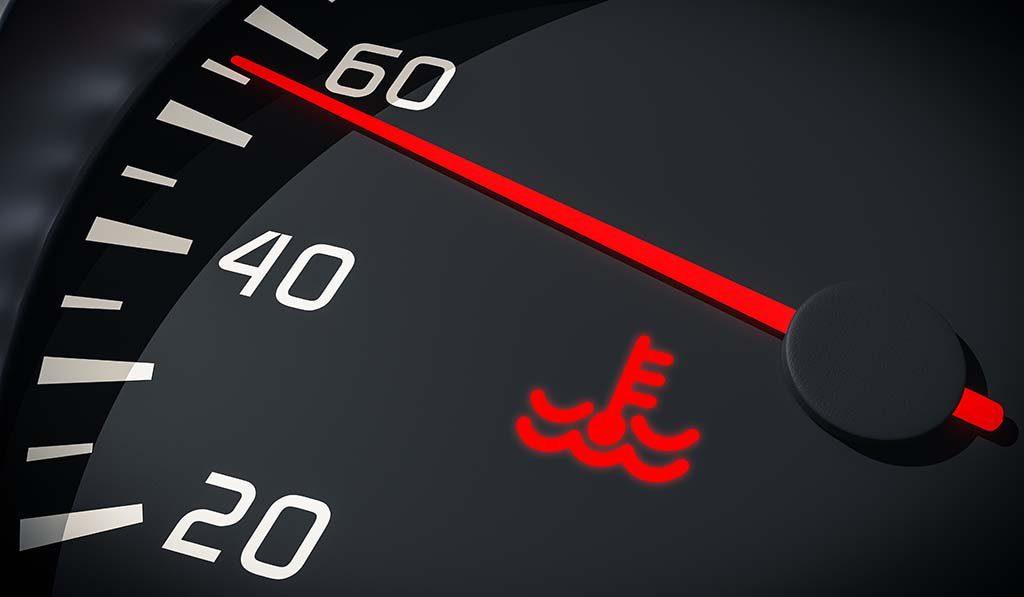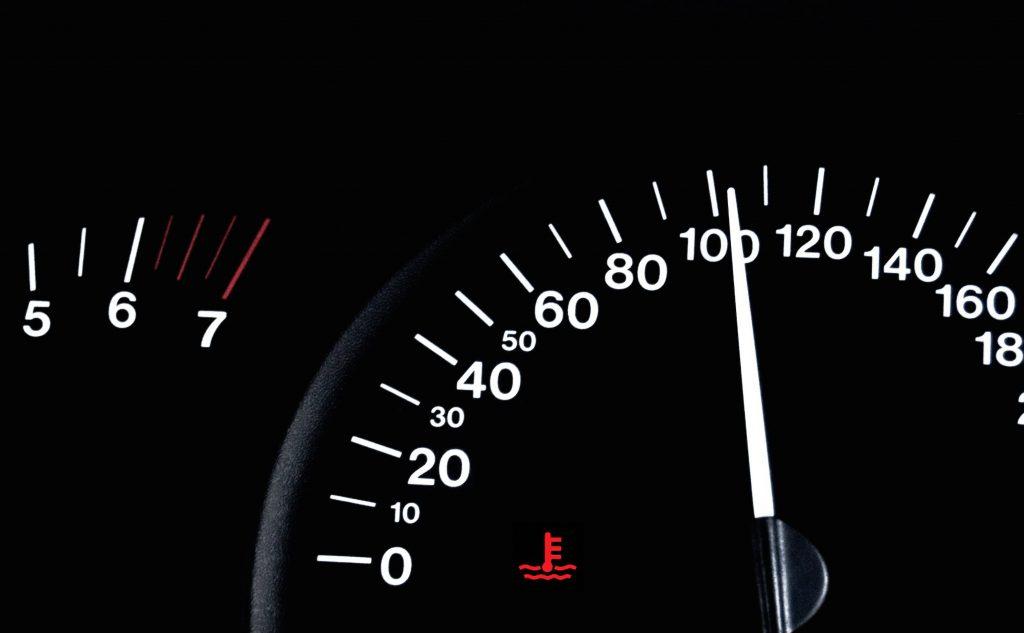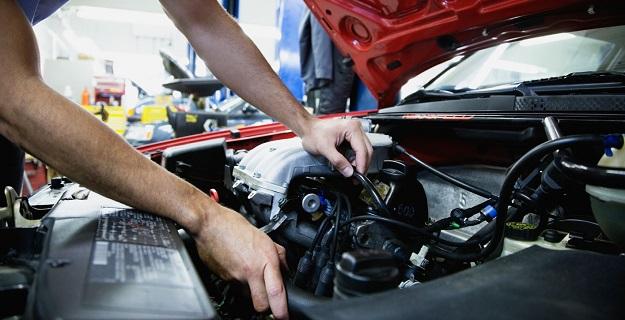What Should You Do When the Temperature Warning Light Comes on?
Engine damage can happen for many reasons, and overheating is one of them. For this reason, it’s necessary to take the coolant temperature warning light seriously. You will find it on the dashboard gauge cluster. It looks like a thermometer or shows the word ‘temp’ or ‘engine overheating.’ Whenever these words flash or the sign lights up, your car is in danger.
The computer system of your vehicle monitors the overall fluid level and the coolant temperature. The coolant temperature warning light comes on when there’s a problem with the fluid level or the temperature.
What The Coolant Temperature Warning Light Means
When the engine is started, the coolant warning light (also known as the engine temperature warning light) will illuminate for a few seconds to check the light bulb. In case the coolant temperature warning light is still illuminated after starting the vehicle, it will signal that the vehicle is experiencing trouble in the system. And the most common reasons for a glowing of this temperature light car are usually the temperature or the fluid level of the coolant.

Remember once the low coolant appears means that your car has experienced some leakage and needs to be repaired as soon as possible. Otherwise, your car will be in low coolant mode again and the motor overheating risk will occur again.
The car’s computer will often save the code in case of a problem, which is to get the tools through the scan and connect, this is an extremely useful tool in the process of identifying problems for the coolant temperature warning light.
The Causes of Engine Temperature Warning Light Comes on
When the coolant temperature warning light comes on, you need to quickly stop the car and open the bonnet to cool down and also find out the causes.
Coolant is considered to be an intermediate that transfers the heat from the engine body to the cooling tank. Coolant water quality will have a dramatic effect on the efficiency of the cooling system. If the water is not sufficiently cooled, the parts in the vehicle will overheat, allowing for extreme damage.
When the coolant temperature warning light goes on, the engine is seriously overheated, which can be caused by overheating, lack of cooling water, or a cooling system that is having trouble. At this point, you need to park your car in a safe area with shade (if it’s summer) to open the bonnet.
If you observe that the water is still boiling, you can leave the machine in idle mode until the temperature drops below the red line and then turn off the machine (do not turn it off immediately because it can cause heat congestion due to not saved water and fans not working, making boiling water more intense).
When you have cooled down, turn off the engine and you can check the cooling water to see if the water is at risk of leakage. If the water is lacking, it should be added with pure water and continue to run.
Pay extra attention and follow up to find out the cause. In fact, there are many cases of heavy vehicles, which are too high, which can cause the vehicle to overheat, just let the car rest and operate again when the machine cools.

If The Temperature Warning Light Goes On, What Should You Do?
The warning light flashes for a second or two when the engine starts. If it stays on, there must be something wrong with the coolant. The coolant temperature warning light on the dashboard is on, which means that the coolant fluid is low, possibly due to a leak or the fluid pump not working. The lack of coolant causes the engine to overheat, leading to severe damage. Therefore, it is necessary to take timely measures such as:
You should never dare to continue driving when the light is on. Pull over as soon as possible and shut the engine off. Wait for at least 30 minutes for the engine to cool down. Wear a thick glove or wrap the hand with a thick towel or a piece of rag and remove the radiator cap to check the coolant level. Never do this when the engine is still hot because the steam coming out of it can burn you.
Note: Do not rush to open the cap of the coolant tank because when the indicator light is on, the temperature is too high, causing the pressure of the fluid to be very high, if opened immediately, it will cause water to erupt and be severely burned. Instead, open the capo to cool the engine system, and then open the tank and check if there is no loss of coolant.
If the fluid level is low, add plain water and drive to a nearby repair shop to check everything thoroughly. You can do it yourself, but make sure you follow the “how to put coolant in car” guide carefully. Remember that it’s just a temporary solution. A low level of coolant means there is a leak somewhere, which needs to be addressed quickly.
On the other hand, if the car gets overheated despite no leakage or low coolant level, you should not drive it again before taking it to an auto servicing center.
Engine coolant is not pure water but a liquid with the main ingredient being purified water combined with Ethylene Glycol. This mixture has the effect of heat transfer and anti-volatile and anti-corrosion additives.
Therefore, only in case of emergency, water should be used to replace it, to avoid long-term use, causing damage to vehicle parts, and insufficient fuel to make the vehicle unstable.
Read more:
What Happens When You Keep Driving with the Light on?
Driving with the coolant temperature warning light on means that you are driving with an overheated car. Severe damage can occur and you may end up with an engine failure.
The engine may start creating a knocking sound that is likely to ruin the head gasket, ring, and piston. The heat will expand the metal parts to increase in size, creating a chance to cause extreme metal-to-metal friction. It will create a high level of abrasion and scrape and scratch the camshaft, pistons, valve, and other components badly.

A high level of thermal stress in the head and block is a common side effect of severe overheating. If your car has aluminum heads, the possibility of it cracking under such pressure is much higher.
Conclusion
If you don’t want your car to suffer more permanent damage, never try to keep driving when the coolant temperature warning light comes on. There are some models such as any Cadillac with a Northstar V8 engine that use some advanced measures for internal cooling, which prevent engine damage during overheating. However, it will just give you some time to drive the vehicle to a service facility, not for continuous driving. If you are interested in our maintenance tips that have been provided. Let’s follow us for more daily updated articles to satisfy your demands.














